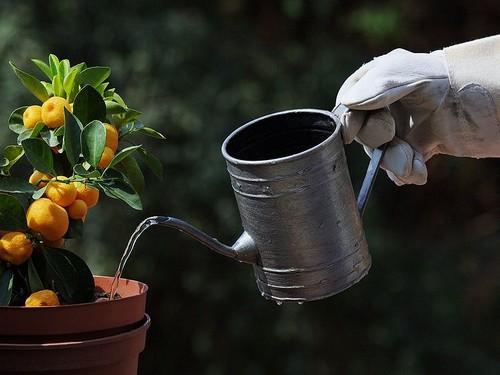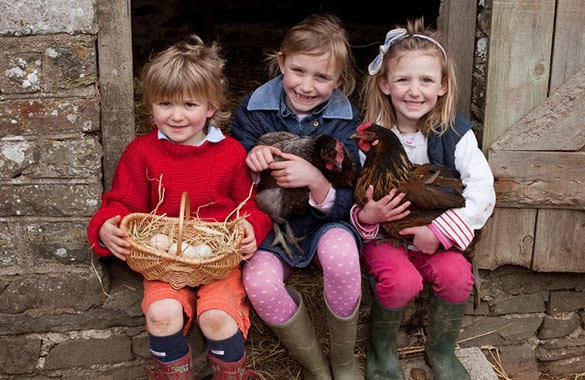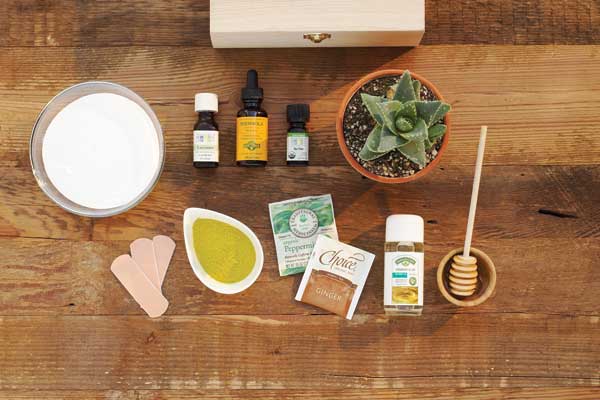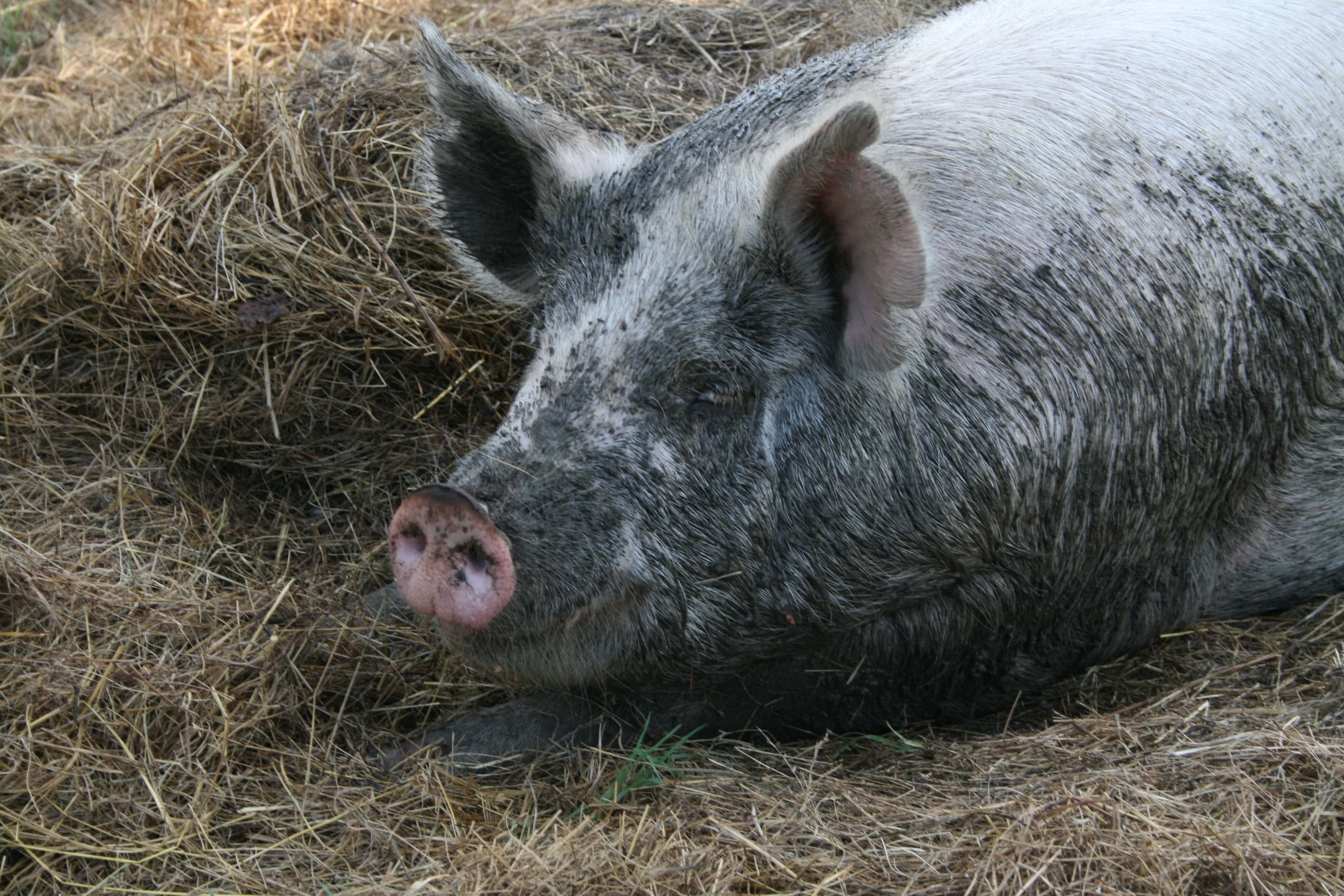Homesteading on a Budget
Everyone who wants to homestead wants to do so on a budget. In fact, the entire idea of homesteading is about reducing the money you are wasting and reducing your reliance on the modern material world. It doesn’t mean that you are going to live entirely for free and off the grid – although that … Read more







